Friends of AHBIC
If you aren’t already a Friend of AHBIC, we welcome you to join our group of organisations and individuals who are supporting Australia’s national beekeeping industry that supports you.

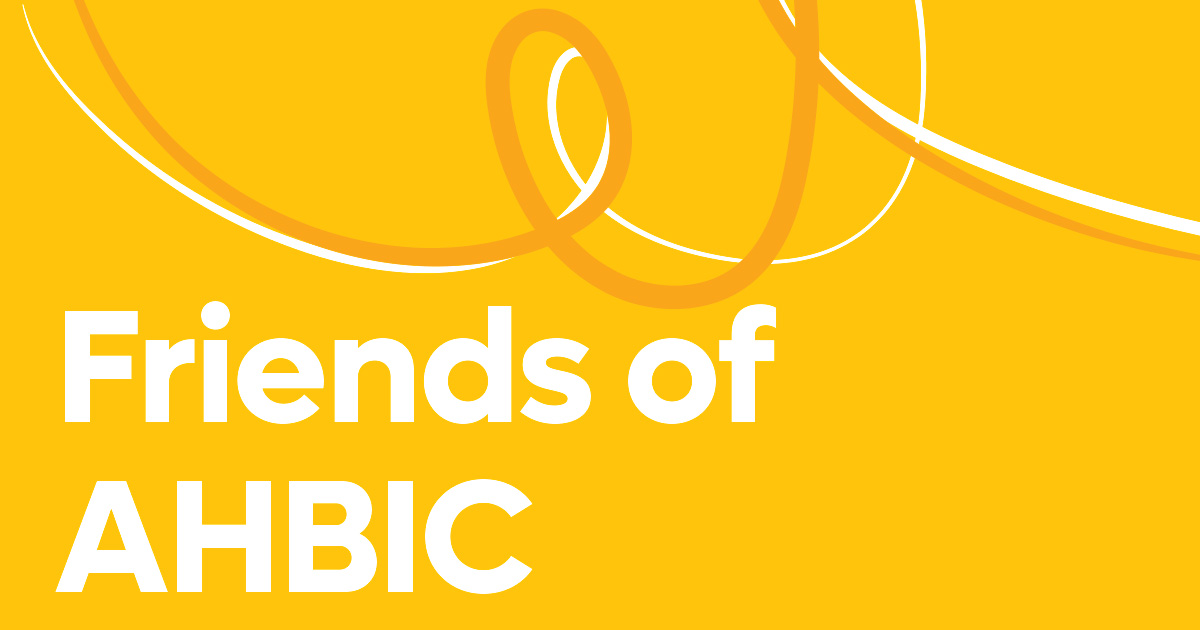
If you aren’t already a Friend of AHBIC, we welcome you to join our group of organisations and individuals who are supporting Australia’s national beekeeping industry that supports you.

Welcome to the first AHBIC newsletter for 2025. Over the last month the AHBIC team have taken some much-needed time off to re-energise for the year ahead, so activities have temporarily slowed. Having said that we have been taking advantage of a few, dare I say, quieter weeks to work hard behind the scenes to get a lot of administrative work done. We have finalised the draft of the AHBIC 2025 – 2030 Strategic Plan and circulated it to member bodies for consultation and developed a number of internal policies to ensure AHBIC is protected when employing staff and contractors which is just some of the less outwards facing work required of the organisation.
A big congratulations to Jodie Goldsworthy who was appointed Member of the Order of Australia (AM) for her services to primary industries and, in particular, beekeeping, pollination services and food security. We congratulate Jodie and thank her for contribution to our industry over many years.
In late December the ACT government announced the removal of all emergency regulations related to varroa border controls. This will make it much easier for beekeepers to transit through the territory in search of honey flows.
A new detection of varroa in hives across three apiaries at Boggabilla (near Goondiwindi) has gone live on the DPIRD NSW varroa heat map. This is the closest detection to the QLD border to date. QLD Biosecurity have a number of sentinel hives installed along the border with some very close to the new detection. QLD Biosecurity will continue to monitor the sentinel hives looking for natural movement across the border. No further detections have been found outside of NSW.
The Red Dwarf Honey Bee response continues in northern WA with an additional colony found about 2km from the original IP but still on the peninsula. The colony was found after a number of forager observation in the area. Inclement weather has halted surveillance at the moment, but activities will resume once the weather passes.
A new detection of Asian Honey Bees has been found at the port of Townsville. This is in addition to the previously reported colonies found in-land at Townsville which were deemed to be part of the existing Cairns population. This new detection is not genetically related to the Cairns population and is considered to be new incursion. Testing for mites and virus have all come back negative and the colony has been destroyed. A communication push is in place in the Townsville area include targeting port workers to assist in detecting any other colonies. Biosecurity Queensland are confident there is just the single colony and they caught it relatively early but elevated surveillance activities in the area will continue.
Our annual hive registration survey was conducted over the last two months and have come in with some interesting results. Overall, the national hive count has dropped by 5% to 823,291 hives (previously 866,497). This has been influenced by a 13% drop in NSW and 10% drop in SA. The overall hive numbers have been supported by significant increase in Tasmania (likely due to new requirements to register hives coming into effect).
NSW and SA have seen a drop in registered commercial beekeepers by 17% and 18% respectively. This may reflect the very tough season in SA and the impact of varroa in NSW. The previous exponential growth in the popularity of recreational beekeeping has now stabilised with only a small increase in recreational beekeepers joining the industry (4%) over the last 12 months.
In December Apimondia issued a statement that honey will not be a category at the Global Apimondia conference in Copenhagen, September 2025. In the very brief statement Apimondia said “The lessons learned from Canada 2019 and Chile 2023 were that adequate testing was impossible if we are to award winning honey at the Congress”. They described this move as “necessitated by the inability to have honey fully tested for adulteration and make awards at the Congress”.
This has made global news, and it is yet to be seen if aids in the fight against adulteration or pushes consumers away from honey to alternatives. We will continue to monitor statements from Apimondia to see if anything can be used and implemented in Australia.
Over the next month the meetings start to ramp up again. The first steering committee for the Wheen Bee Foundation National Pollination Strategy will be held end of January, Almond industry pollination committee meeting, Evoke AG and Berry Quest all happening in February.
We are working on having a Federal Department of Agriculture honey bee workshop in early March in conjunction with an AHBIC board meeting. The purpose of the workshop is to improve the practical understanding of the decision makers and policy writers in Canberra. We hope this will raise awareness of our industry and build lasting relationships with the department.
Danny LeFeuvre
CEO

Since the incursion of Varroa destructor in June 2022, 1000s of bees and 1000s of mites have been tested for honey bee viruses. Industry organisations during webinars have reported that no major viruses of concern have been detected, including Deformed Wing Virus (DWV). While deformed wings in honey bees (Apis mellifera) have been observed by beekeepers in areas with Varroa mite infestations and this a key symptom of DWV, these deformities can also result from other factors. These include physical trauma during pupal development (e.g. being bitten by mites during feeding), hot and cold weather, nutritional deficiencies, exposure to pesticides, and genetic mutations (McMahon et al., 2016; Kevill et al., 2017; Grozinger and Flenniken, 2019). This is not to say DWV is not in Australia, but it hasn’t been detected yet. Two new viruses that have been detected that are new to Australia are two different species of Rhabdovirus, Apis Rhabdovirus-1 (ARV-1) and Apis Rhabdovirus-2 (ARV-2).
ARV-1 has been identified in Apis mellifera in Africa, Europe, Tonga (Remnant et al., 2017), United States and Israel (Levin et al., 2017), New Zealand (Lester et al., 2024), Turkey (Altay et al., 2024), Slovenia (Šimenc Kramar and Toplak., 2024) and Southern Brazil (Da Silva et al., 2023). ARV-1 is highly prevalent in Varroa destructor mites (Remnant et al., 2017; Norton et al., 2021) and has been detected in Bumble bees (Bombus impatiens) in the United States (Levin et al., 2017). ARV-2 is less studied globally but it is also highly prevalent in Apis mellifera and Varroa destructor and it is often found alongside ARV-1 as co-infections in bees (Kadlečková et al., 2023) and mites (Eliash et al., 2022), which suggests a potential interaction between the two rhabdovirus species. ARV-1 and ARV-2 have recently been detected in Australian honey bees in apiaries that are positive for Varroa destructor mites, which suggests the virus has arrived with the V. destructor incursion.
A specific immune response to ARV-1 and ARV-2 rhabdoviruses has been detected in both A. mellifera and V. destructor, which indicates the viruses actively infect and replicate in both the bees and the mites (Remnant et al., 2017). ARV-1 can reach high viral loads in individual honey bees and mites, with around 10^8 viral genome copies per individual (Levin et al., 2017). High titers (levels) of Rhabdovirus have been detected in honey bees in NSW. It is currently unclear whether high viral loads of Rhabdoviruses result in any noticeable symptoms in honey bees, but for other honey bee viruses, usually high viral loads are associated with more severe symptoms.
While Rhabdoviruses are not as well-studied as some other viruses of honey bees, their presence in Varroa mites is noteworthy because they have a different genetic makeup to most honey bee viruses. Most viruses transmitted by Varroa are positive-sense single-stranded RNA viruses – their RNA genome occurs in a positive direction meaning the information carried in the genome can directly be translated into proteins. ARV-1 and ARV-2 are unusual as they are both negative-sense RNA viruses, where the viral genome is a negative RNA strand which first needs to be converted to a positive RNA (by RNA polymerase) before it can create protein and become a viral particle. The detection of ARV-1 RNA in B. impatiens (the bumble bee, which are not parasitized by Varroa) suggests that it may not require the mite for transmission, and ARV-1 may be shared among co-foraging bee species, however further work needs to be done to confirm this.
We don’t know a lot about Rhabdovirus impacts on honey bees, but as with other viruses, we could assume that proactively keeping mite populations low will help reduce the spread, incidence and impacts of Rhabdovirus also.
[1] n.b. Levin et al propose it be named BRV-1 to avoid confusion with ‘Adelaide River virus’ also referred to as ARV.



Altay, K., Isidan, H., Erol, U., Turan, T., Sahin, O. F., Kalin, R., … & Mogulkoc, M. N. (2024). Molecular survey and phylogenetic analysis of bee pathogens; with a note first detection of Apis mellifera Filamentous Virus, Varroa destructor virus-1, Apis rhabdovirus-1, and Apis rhabdovirus-2 in Türkiye. Journal of Apicultural Research, 1-13.
Da Silva, L. A., De Camargo, B. R., Rodrigues, B. M. P., Berlitz, D. L., Fiuza, L. M., Ardisson-Araújo, D. M. P., & Ribeiro, B. M. (2023). Exploring viral infections in honey bee colonies: insights from a metagenomic study in southern Brazil. Brazilian Journal of Microbiology, 54(3), 1447-1458.
Eliash, N., M. Suenaga, and A.S. Mikheyev, Vector-virus interaction affects viral loads and co-occurrence. BMC Biology, 2022. 20(1): p. 284.
Grozinger, C. M., & Flenniken, M. L. (2019). Bee viruses: Ecology, pathogenicity, and impacts. Annual Review of Entomology, 64, 205-226.
Kadlečková, D., et al., The Virome of Healthy Honey Bee Colonies: Ubiquitous Occurrence of Known and New Viruses in Bee Populations. 2022. 7(3): p. e00072-22.
Kevill, J. L., Highfield, A., Mordecai, G. J., Martin, S. J., & Schroeder, D. C. (2017). ABC assay: Method development and application to quantify the role of three DWV master variants in overwinter colony losses of European honey bees. Viruses, 9(11), 314.
Lester, P.J., et al., Viral communities in the parasite Varroa destructor and in colonies of their honey bee host (Apis mellifera) in New Zealand. Scientific Reports, 2022. 12(1): p. 8809.
Levin, S., Galbraith, D., Sela, N., Erez, T., Grozinger, C. M., & Chejanovsky, N. (2017). Presence of Apis rhabdovirus-1 in populations of pollinators and their parasites from two continents. Frontiers in microbiology, 8, 2482.
Norton, A.M., et al., Adaptation to vector‐based transmission in a honeybee virus. Journal of Animal Ecology, 2021. 90(10): p. 2254-2267.
McMahon, D. P., Natsopoulou, M. E., Doublet, V., Fürst, M., Weging, S., Brown, M. J., … & Paxton, R. J. (2016). Elevated virulence of an emerging viral genotype as a driver of honeybee loss. Proceedings of the Royal Society B: Biological Sciences, 283(1833), 20160811.
Remnant, E. J., Shi, M., Buchmann, G., Blacquière, T., Holmes, E. C., Beekman, M., & Ashe, A. (2017). A diverse range of novel RNA viruses in geographically distinct honey bee populations. Journal of virology, 91(16), 10-1128.
Šimenc Kramar, L., & Toplak, I. (2024). Identification of Twenty-Two New Complete Genome Sequences of Honeybee Viruses Detected in Apis mellifera carnica Worker Bees from Slovenia. Insects, 15(11), 832.
Article published with permission from Dr Cooper Schouten, Southern Cross University
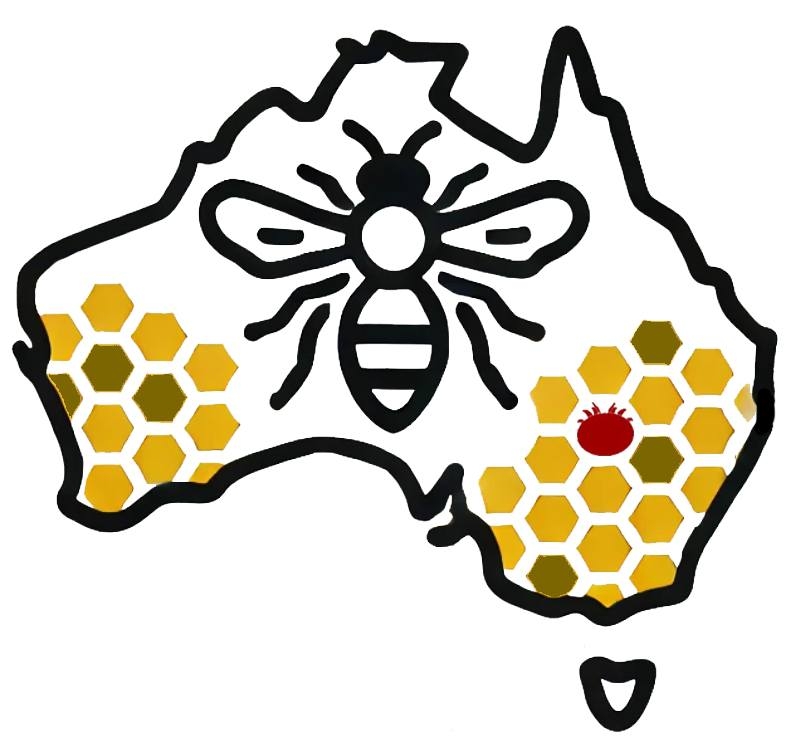
All beekeepers in Australia are invited to participate. The Australian COLOSS need beekeepers from across Australia, even those in areas that don’t have varroa yet, to complete the survey so we can get the best possible information about its impacts and the other factors that affect colony health in Australia. The survey will also provide crucial insights into the impacts varroa is having, what management strategies are working and how much it is costing. The survey should take 7-15 minutes to complete online and is open until 10 March 2025. Please complete the survey as soon as possible!
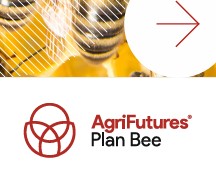
The potential for modern animal breeding to transform Australia’s honey bee industry was the impetus for the national honey bee genetic improvement program, known as Plan Bee, a collaborative research program focused on identifying and selecting traits of importance to beekeepers and horticulture and broadacre cropping.
The newest edition, a significant update on the first, includes three sections focusing on:
Some helpful prompts that guide breeding objective planning:

Updated suggestions now including Varroa in the timings of data collection too!
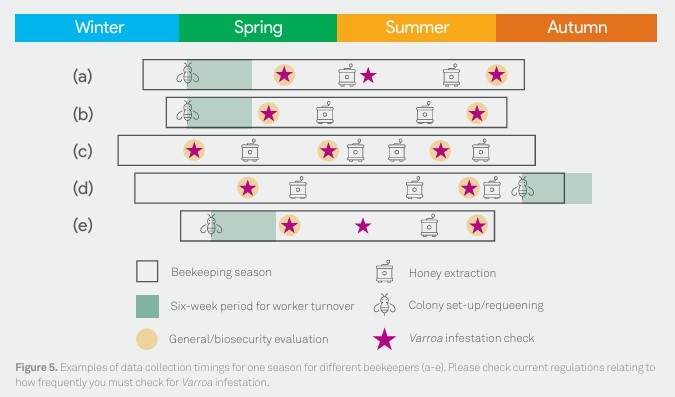
The data recording chapter also provides an updated excel link to the Plan Bee Data recording Spreadsheet
An improved trait dictionary with explanations on EBV’s and a few informative trait score suggestions too.

Image taken from of the Plan Bee Publication
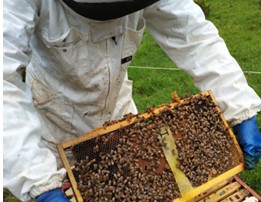
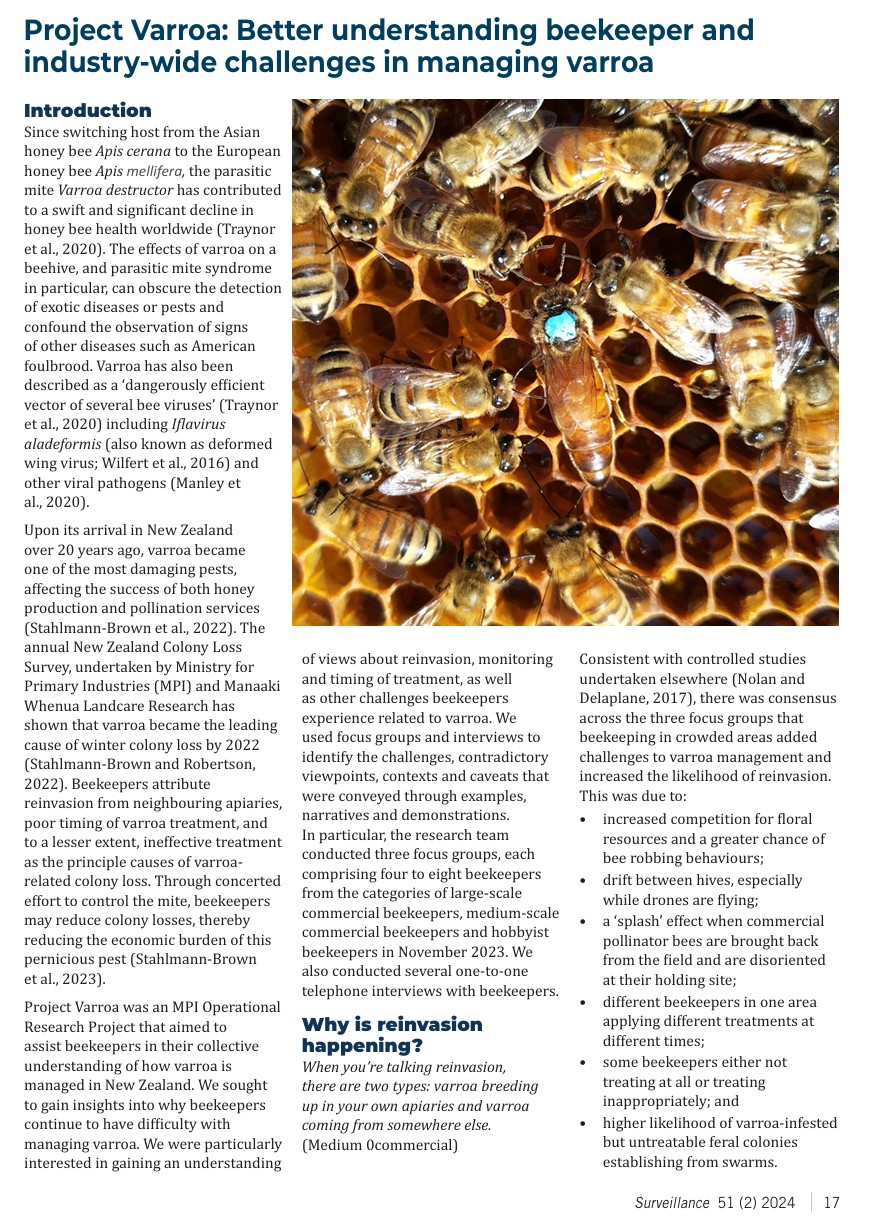
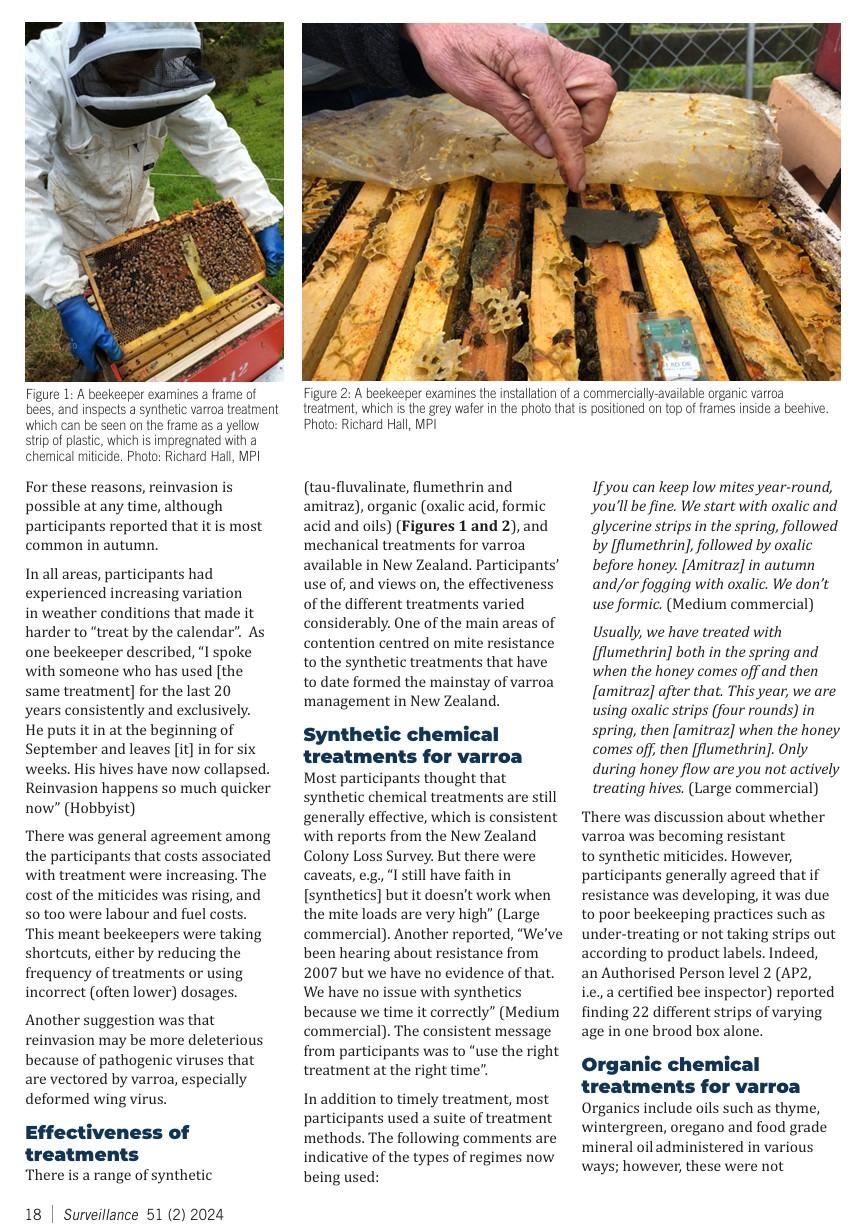
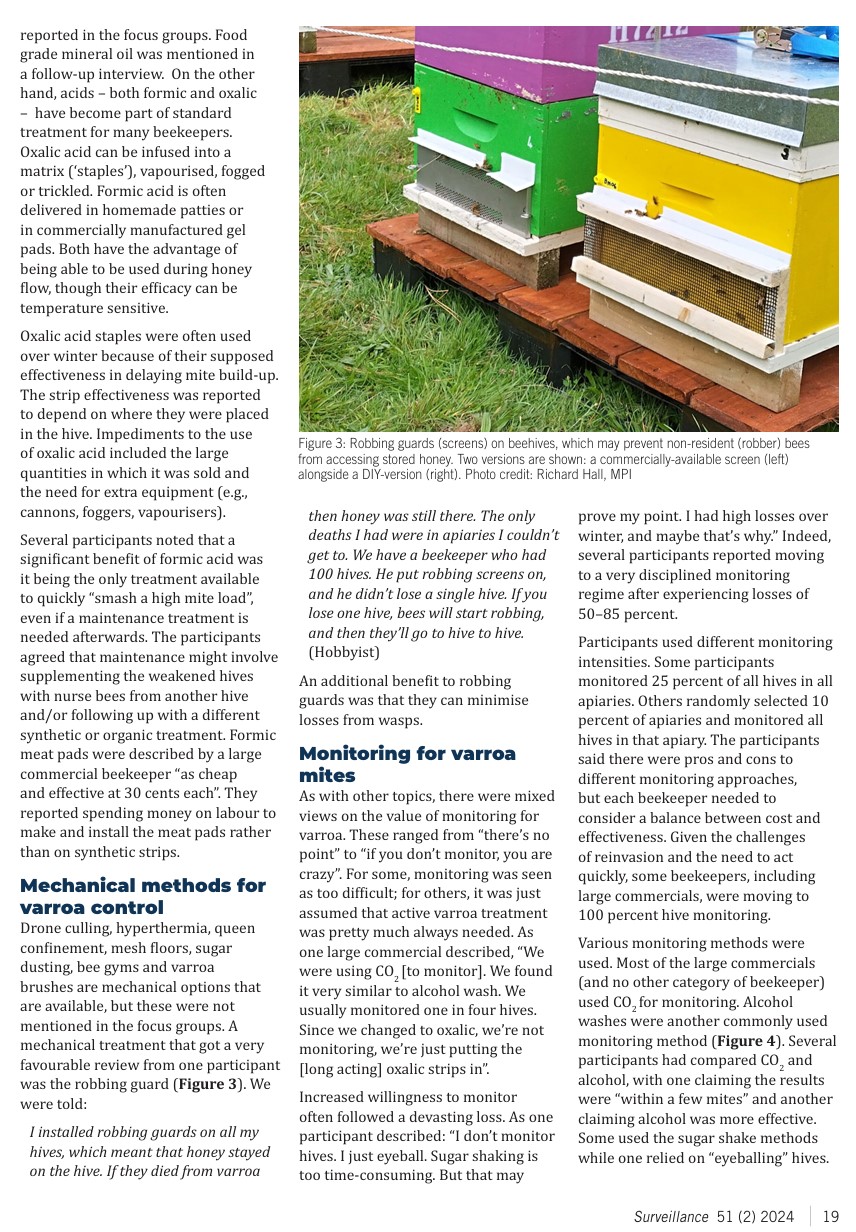

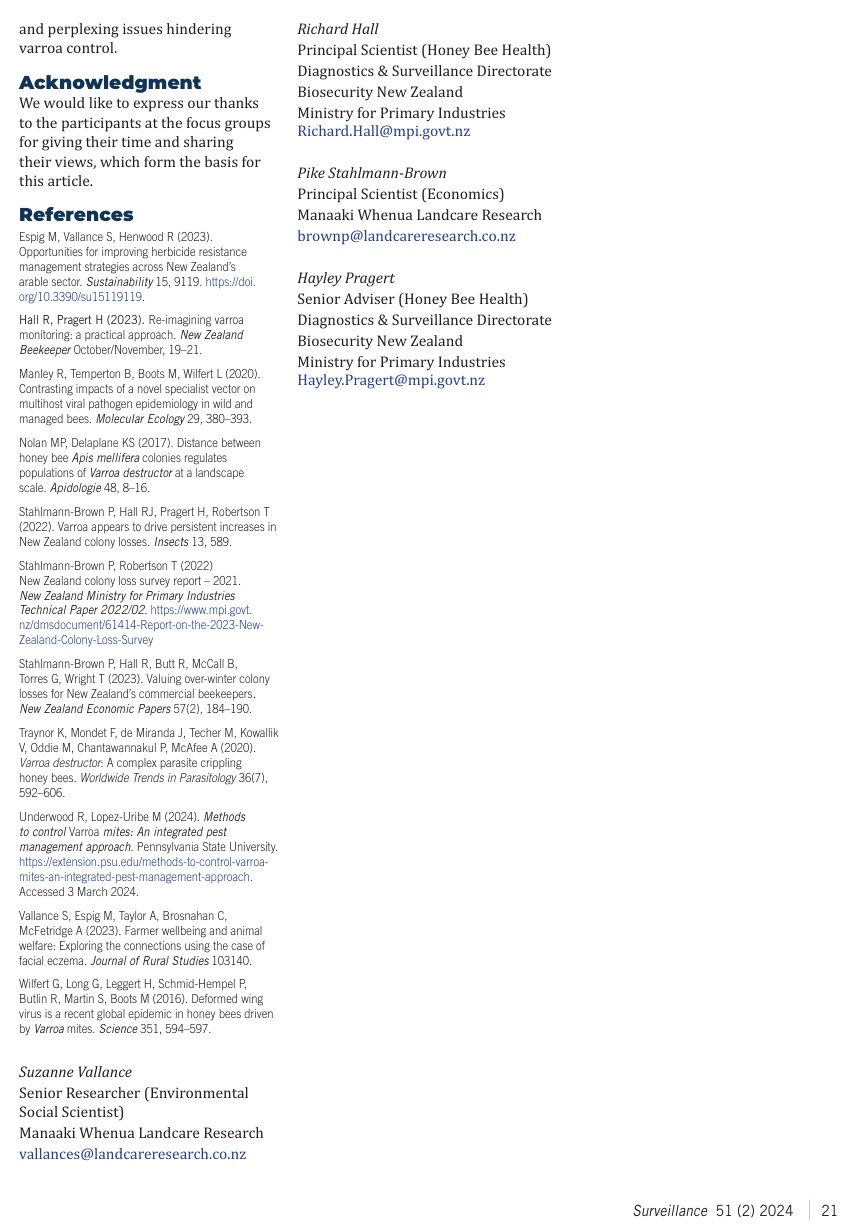
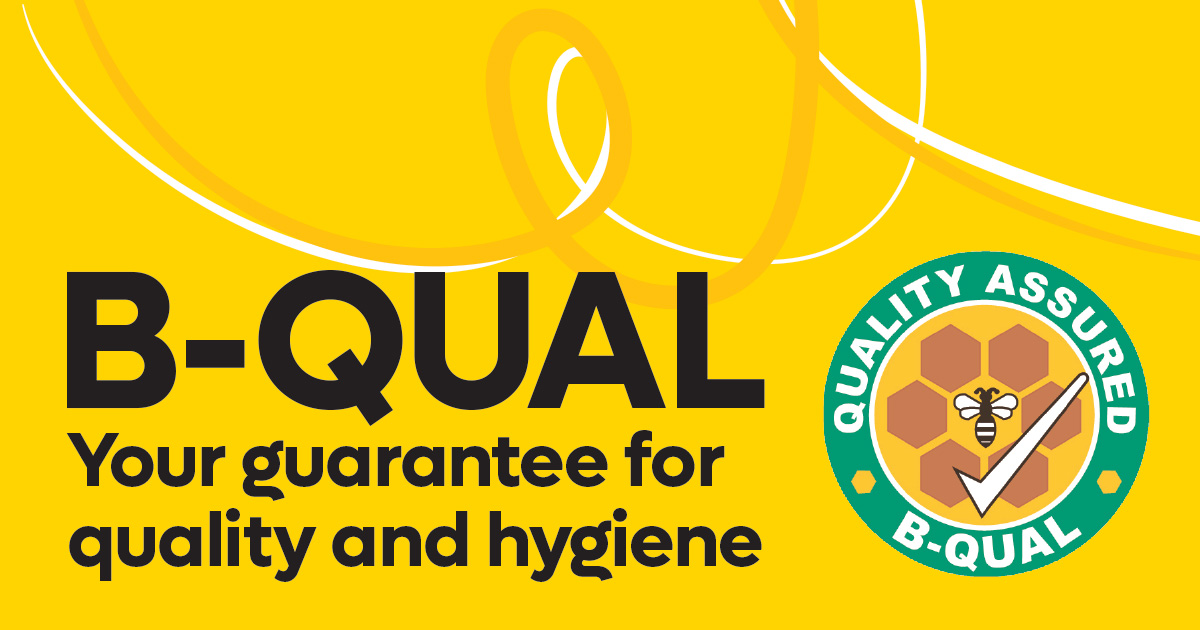
B-QUAL is an Industry Owned Quality Assurance System for Australian beekeepers.
How does B-QUAL certification benefit my business?
B-QUAL Certification also enables an enterprise to market its product under the B-QUAL logo to show that it meets the B-QUAL Industry Standards.
Complete your training at home at your own pace.
For more information and to obtain a Certification Information Pack, contact the B-QUAL Certification team.
www.bqual.com.au
B-QUAL Pty Ltd
Phone 07 49949820
Email: admin@bqual.com.au